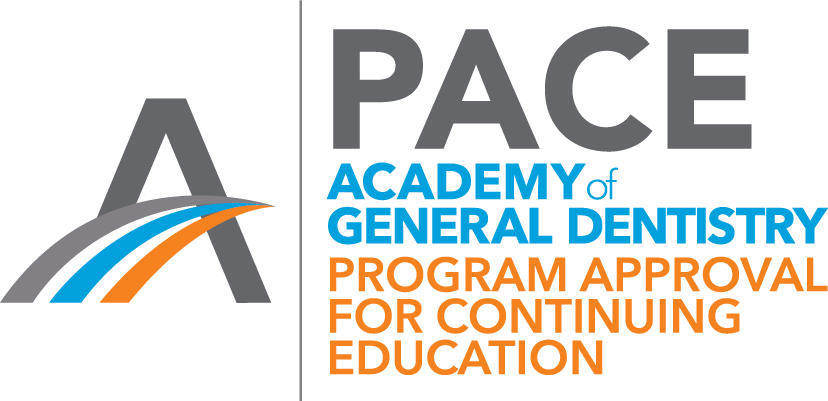
Schedule a Presentation With Us!
- PapaCarie for Caries Removal
- PerioMonitor Saliva Test
- Woodpecker Laser Smart Blue
- Woodpecker Endodontic

We use cookies!
We use cookies to improve your website experience and analyze traffic. These cookies are necessary for the site to function properly and help us understand how you use it. The information collected remains anonymous and is used for analysis purposes only. By continuing to browse our site, you accept the use of these cookies. If you do not want your data to be used in this way, please click decline. You can read our document on the potection of personal information (Law 25) here


An oral lesion (which includes aphthous ulcers) is an ulcer that occurs on the mucous membrane of the oral cavity. They are very common, occurring in association with many diseases and by many different mechanisms. They can be recognized by a break in the skin or mucous membrane with loss of surface tissue and the disintegration and necrosis of epithelial tissue.
The most common causes of oral lesions are localised trauma (i.e. rubbing from a sharp edge on a broken filling), infections, systemic conditions, associated dermatological diseases and recurrent aphthous ulcers (canker sores).
Oral lesions may form individually or multiple lesions may appear at the same time. Once formed, it may be maintained by inflammation and/or secondary infection. Rarely, an oral lesion that does not heal may be a sign of oral cancer.

Associated Dermatological Diseases
• Herpes
• Lichen Planus
• Lupus
Infections
• Bacterial
• Fungal
• Viral
Localised Trauma
• Hypersensitivity to acidic food
• Irritating agents: SLS, Triclosan
• Physical trauma
• Radiotherapy or chemotherapy
• Stress
Recurrent Aphthous Ulcers
• Canker sores
Systemic Conditions
• Anemia
• Gastrointestinal: Celiac disease, Crohn’s disease, IBS
• Nutritional deficiency : vitamin B12 or folic acid



Minor Ulceration
• One to 5, shallow, round ulcers
• Less than 10 mm in diameter and have a greyish base with a erythematous margin. They usually heal in 7-10 days and occasionally reoccur at 1-3 monthly intervals
Major Ulceration
• Greater than 10 mm in diameter and vary in number from one to ten.
• Occur at the site of minor ulcers on the oral mucosa, palate and back of the throat
• Extend deeper and have crater like appearance with rolled margins and fibrosis of the underlying tissue
• Tend to occur in cycles or a short intervals
High molecular weight hyaluronic acid (HA) is a natural physiological constituent of connective tissues. It is the most abundant high molecular weight glycosaminoglycan of healthy soft periodontal tissues.4